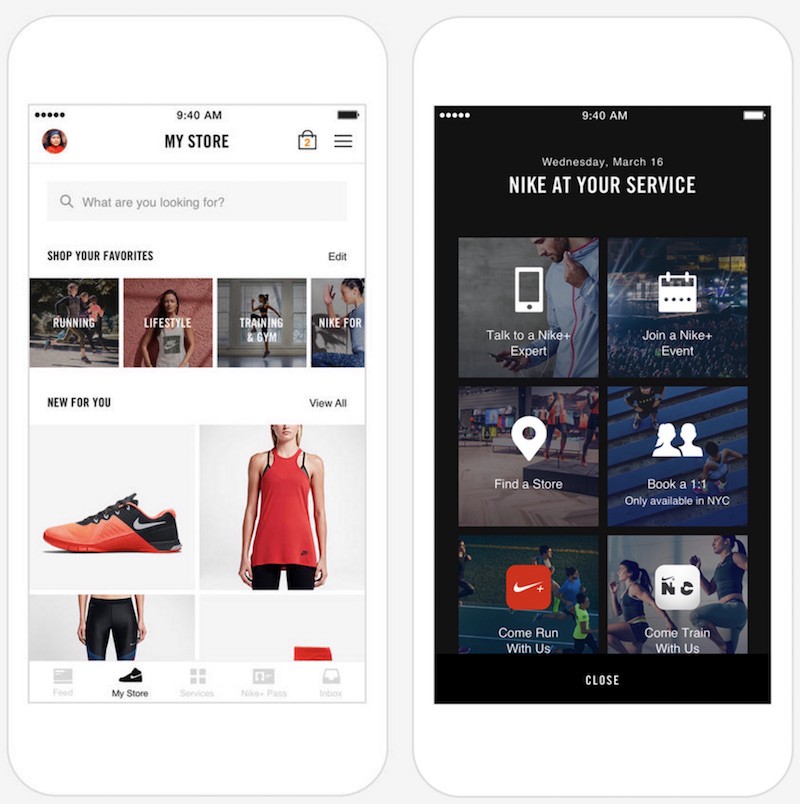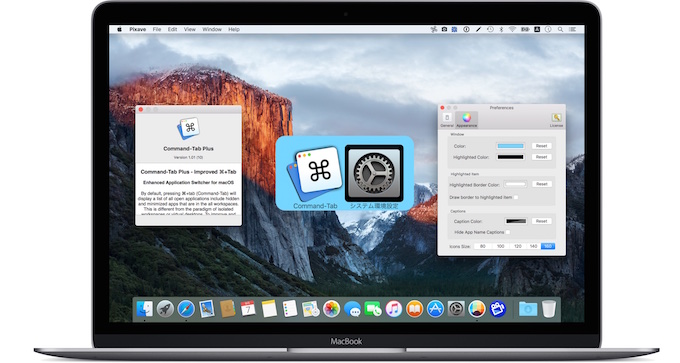
It is important to show the user what are the options. Make sure to clearly mark the active tab and show relevant information to the selected group or category.
#App tabs plus how to#
Knowing where you are and can go helps you quickly visualize how to get there. The same applies to navigation in your app. It’s like looking at a map with a huge “you are here” marker, which helps you to locate where you are in reference to other options. The tab navigation has to clearly signal where the user is at the moment. This gives the user direction and helps them find their way around your content. So in the case of a newspaper it could be the different topics that are covered, like “Tech”, “Business”, “Design”, “Startups”. It makes finding things faster and more efficient. Tabs can be used to break up content into manageable chunks. It might be something else, but to find the fitting navigation learn about the jobs the app is solving for your users and you’ll have yourself some pretty solid categories.

Your tab navigation items could be “New reservation”, “Upcoming” and “Past bookings”. Let’s say you are building a booking app. When using tabs for navigation you need to figure out the typical paths the user takes to address multiple jobs within your app.

#App tabs plus plus#
It provides an elegant solution to the age-old problem of navigation plus it can also segment data based on a given criteria. It has to communicate relationship and context.
#App tabs plus android#
To begin using TabLayout and ViewPager in your project, make sure you import the design support and also the Android support artifact-so add these to your module's adle file to import them.Tabs help organize content on a high level and makes it easy for the users to figure out navigation. Inflater!!.inflate(R.agment_one, container, false)įun newInstance(): FragmentOne = FragmentOne()

Override fun onCreateView(inflater: LayoutInflater?, container: ViewGroup?, Here is my FragmentOne.kt: import android.os.Bundle We'll start with the first fragment class, and you should follow a similar process for the remaining two fragment classes- FragmentTwo.kt and FragmentThree.kt. So let's now create the three Android fragments for each of the tabs. When each of the tabs is selected, it displays a different Android fragment or page. We're going to create a TabLayout with just three tabs. Design is how it works. - Steve Jobsįire up Android Studio 3 and create a new project (you can name it TabLayoutDemo) with an empty activity called MainActivity. In the following sections, we'll dive into coding a simple app that makes use of TabLayout with a ViewPager. Let's get rolling! Design is not just what it looks like and feels like.
#App tabs plus for android#
For example, the latest Twitter app for Android uses icons instead of text on each tab. Here is an example of a TabLayout with scrollable tab mode-showcased in the latest version of the News & Weather Android app by Google.įurthermore, the information displayed on a tab can be text, an icon, or a combination of both text and an icon. In scrollable tabs, if the number of tabs becomes too wide for the screen, the user can swipe left or right to view more tabs. The screenshot below is the latest official WhatsApp Android app (as of this writing), which uses a TabLayout with a fixed mode configuration. If the tabs are fixed, all of the tabs will be displayed on the screen at the same time.
.jpg)
The TabLayout component can have its displayed tabs function in one of two ways: fixed and scrollable. In a TabLayout, when a tab is selected or tapped, a different page (or fragment) is shown to the user. Moreover, it is also included in the design support library. The TabLayout component is one of the components introduced as part of the material design artifacts. TabLayout provides a horizontal layout to display tabs. According to the official Android documentation on TabLayout, it says:


 0 kommentar(er)
0 kommentar(er)
